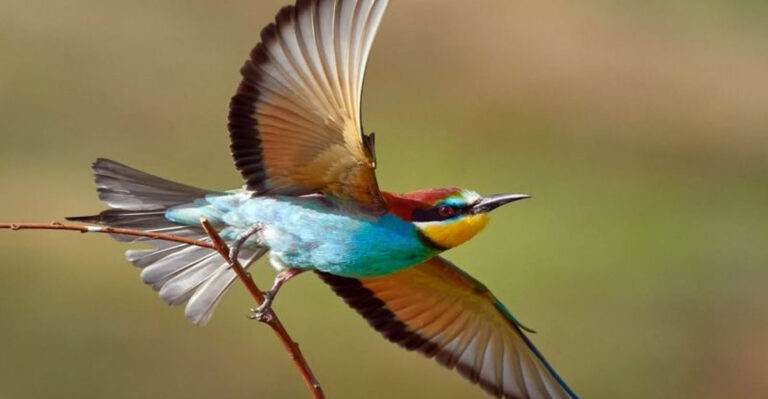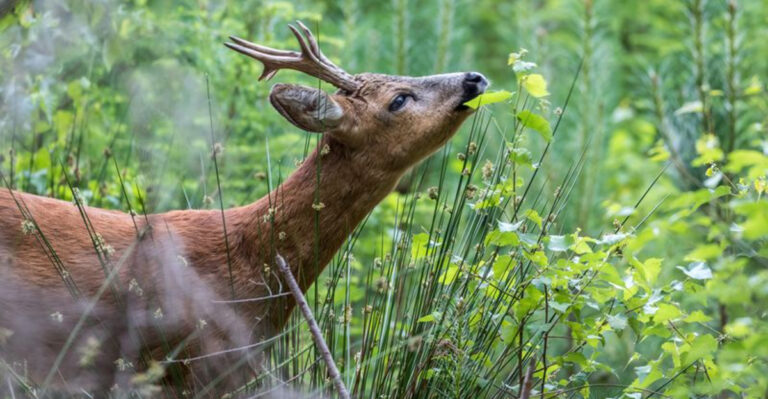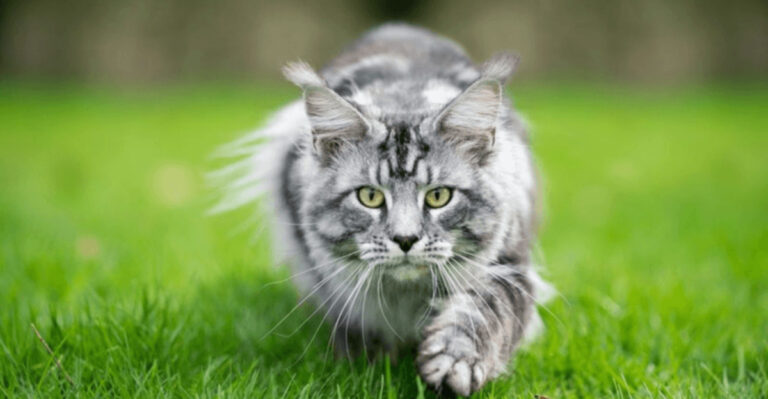19 Remarkable Animals That Conquer The World’s Most Extreme Temperatures
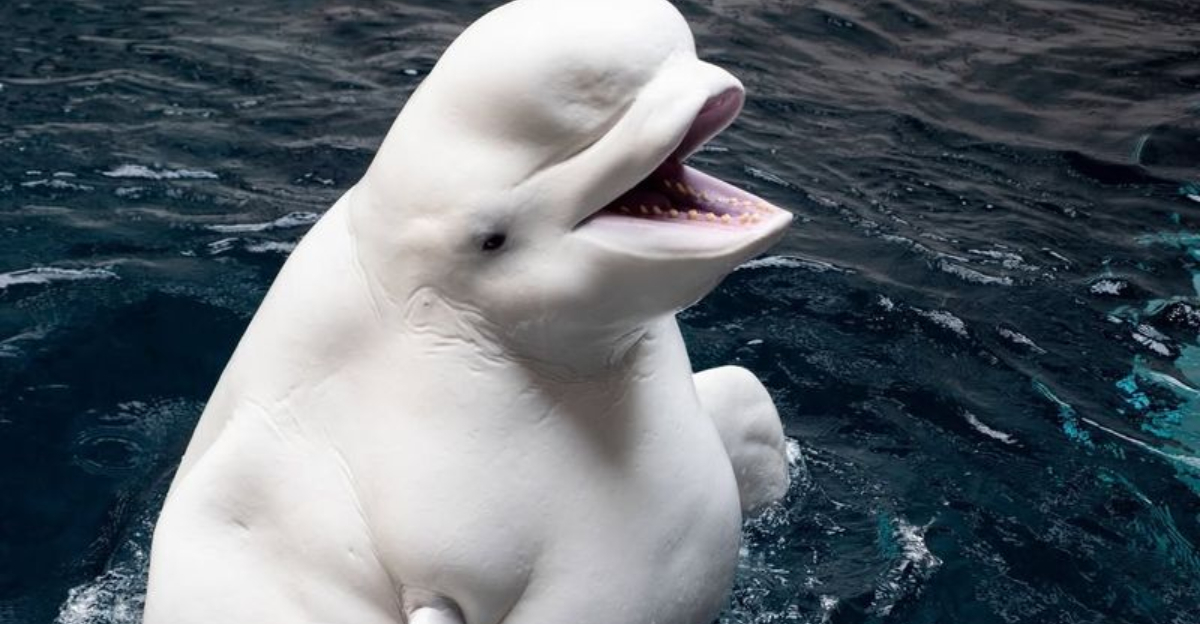
When temperatures reach the extremes, these remarkable animals thrive where others might falter.
From the scorching deserts to the freezing poles, discover the extraordinary adaptations that allow these creatures to survive and flourish.
Our planet’s diverse climates have led to some awe-inspiring evolutionary feats, making these animals both fascinating and resilient.
1. Jerboa
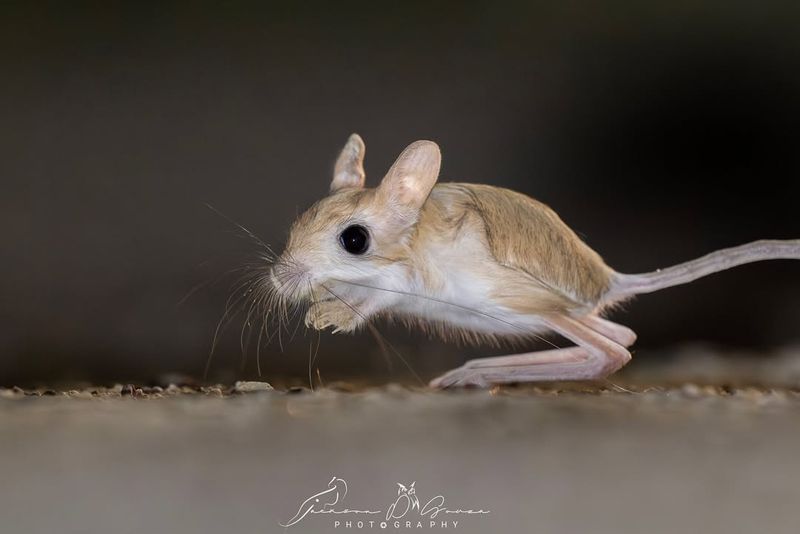
In the vast stretches of the desert, the jerboa hops through the sands like a tiny kangaroo.
With its elongated hind legs, it moves swiftly to escape predators. This little critter has adapted to a life without water, relying on seeds and plants for moisture.
Its large ears not only provide excellent hearing but also help dissipate heat, keeping it cool. Such remarkable adaptations enable the jerboa to thrive in the harsh, arid landscapes where few others can.
2. Saharan Silver Ant
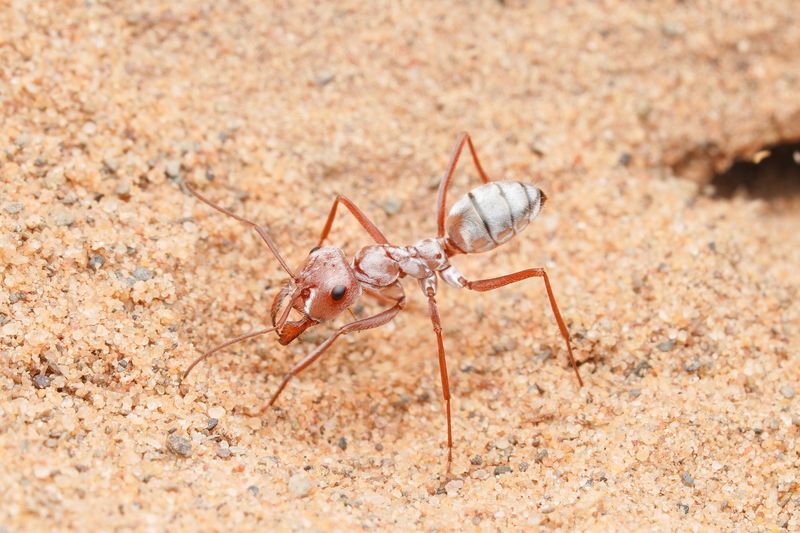
Saharan silver ants are true desert warriors, thriving in temperatures that would cook most creatures alive.
These ants have a unique silver coating reflecting the sun’s rays. Their ability to withstand temperatures over 50°C is astonishing.
In their quest for food, they venture out during the hottest parts of the day, when predators are less active.
It’s a risky business, but these swift and shiny ants are masters of desert survival, turning up the heat on adaptability.
3. Desert Tortoise
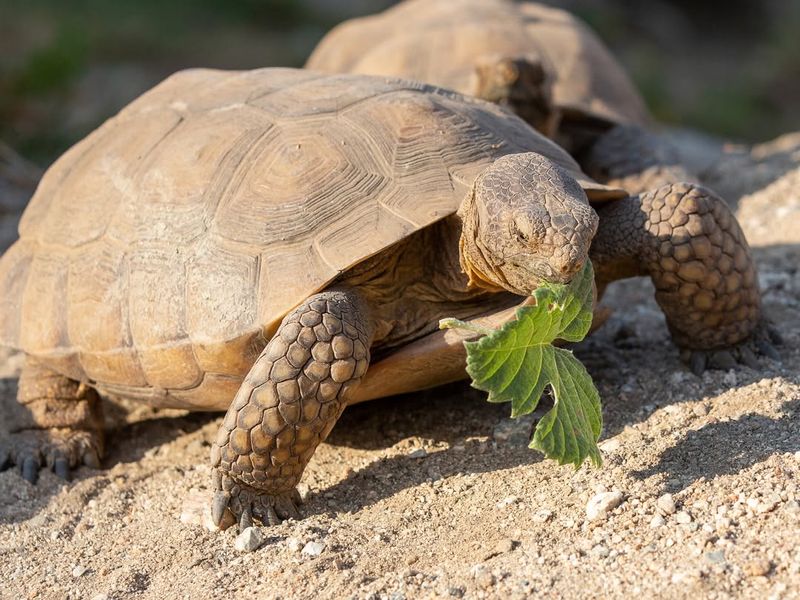
Living in deserts that would make most of us crave an ice bath, the desert tortoise knows how to beat the heat. It spends the majority of its life in burrows, enjoying a considerably cooler temperature.
This shelled survivor is a master of water conservation, relying on its internal reserves. Its diet includes moisture-rich plants, making it a camel of the tortoise world.
With its steady pace and unyielding nature, it navigates the extreme desert climate with ease.
4. Arctic Tern
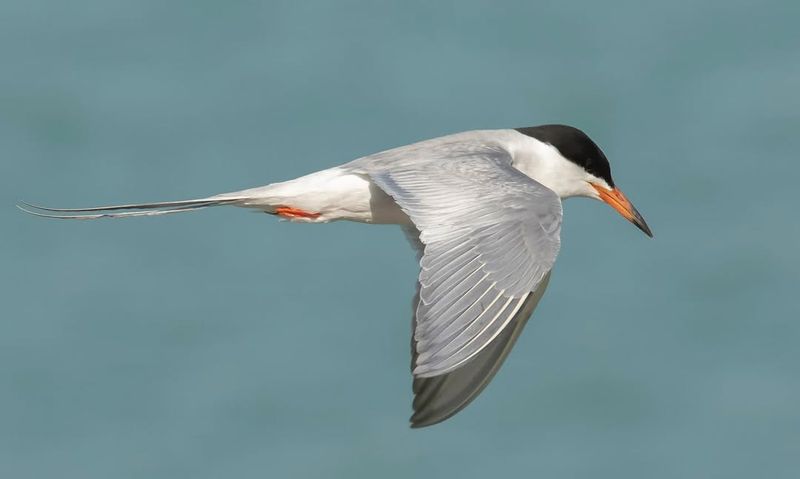
The Arctic tern is the ultimate jetsetter, making an annual round trip from the Arctic to the Antarctic. These birds experience two summers every year, embracing both icy and temperate climates.
Their long, graceful wings are built for endurance, allowing them to glide over vast oceans.
With a diet of fish and small marine creatures, they excel at living life on the move. Their migratory journey is a testament to their adaptability in extreme temperatures.
5. Caribou
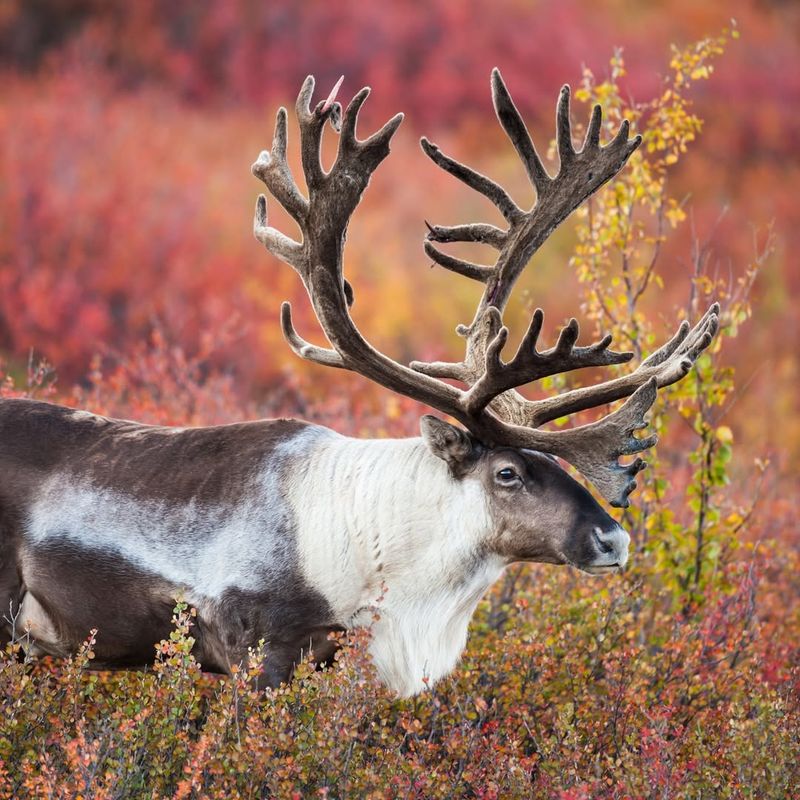
In the frosty expanse of the Arctic, caribou roam in search of food across snow-covered landscapes. Their thick fur acts as insulation against the biting cold. Underneath, an undercoat traps heat, keeping them snug.
Their large hooves are perfect for navigating snow, acting like built-in snowshoes.
With a diet rich in lichen and mosses, they sustain themselves in these barren lands. Caribou are true Arctic adventurers, proving that chilly conditions are no hurdle for the determined.
6. Scorpion
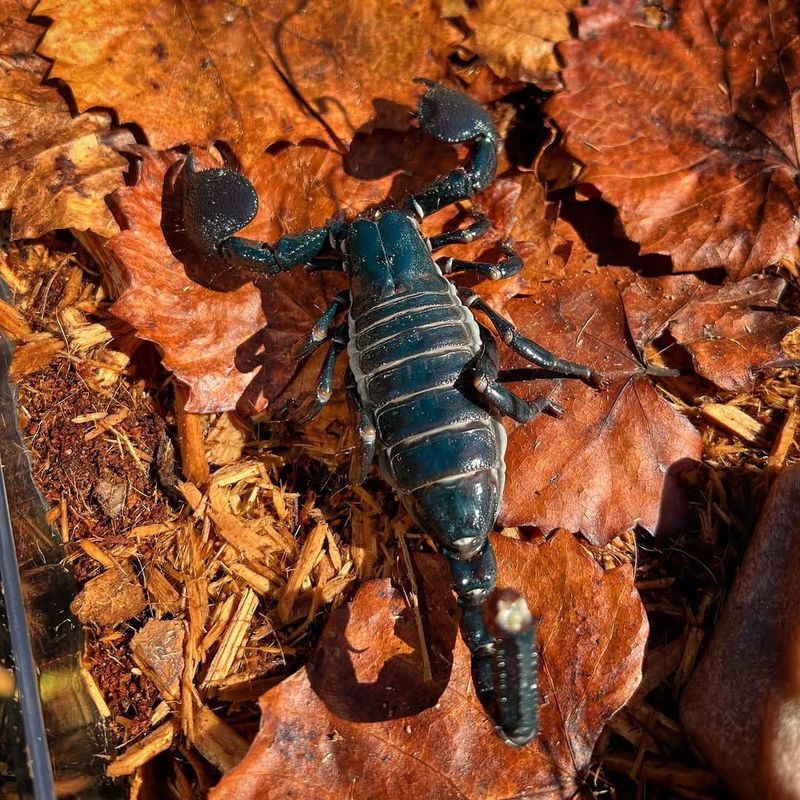
Scorpions are the nighttime ninjas of the desert, adapted to life in some of the harshest climates on Earth. These arachnids have developed an impressive ability to regulate their body temperature.
During the day, they hide in burrows or under rocks, emerging under the cover of darkness to hunt. Their exoskeleton not only protects them but also minimizes water loss.
Scorpions are survivalists, embodying the phrase “what doesn’t end you makes you stronger,” in the most literal sense.
7. Fennec Fox
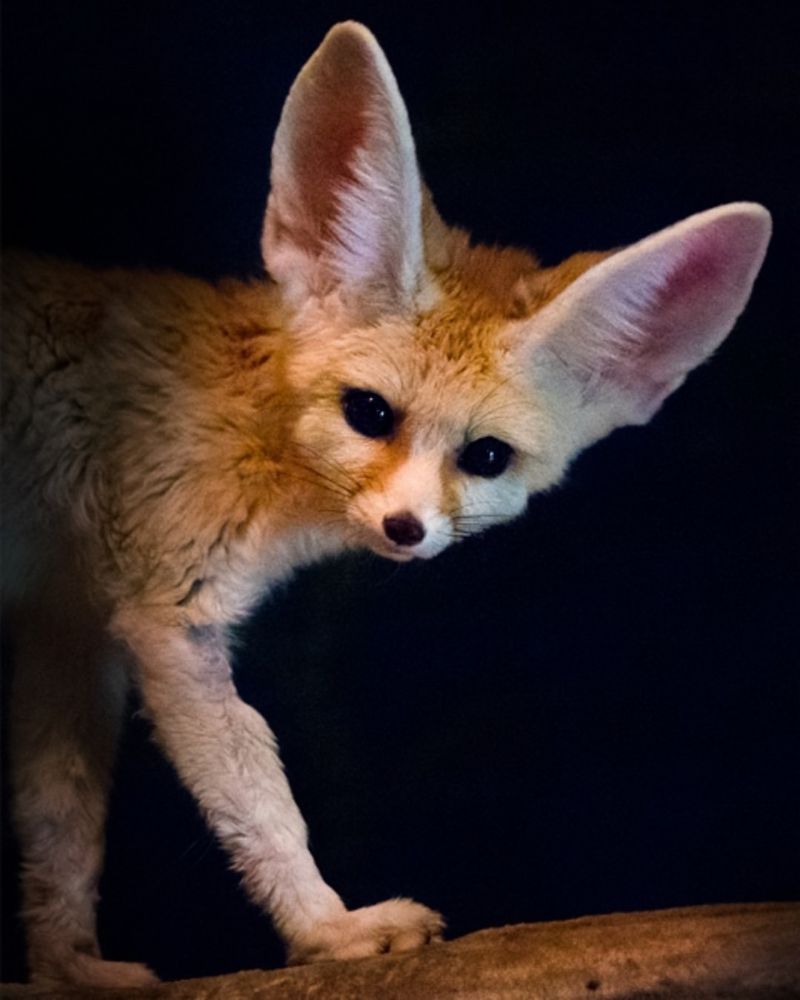
With its oversized ears and tiny body, the fennec fox is an iconic desert dweller. Those enormous ears aren’t just for show; they help dissipate heat and detect prey underground.
Living in the Sahara, this fox has a thick fur coat for chilly desert nights and sandy camouflage for daytime. Its diet consists mainly of insects, rodents, and plants, ensuring it stays hydrated.
The fennec fox is a perfect example of nature’s ingenuity in extreme environments.
8. Thorny Lizard
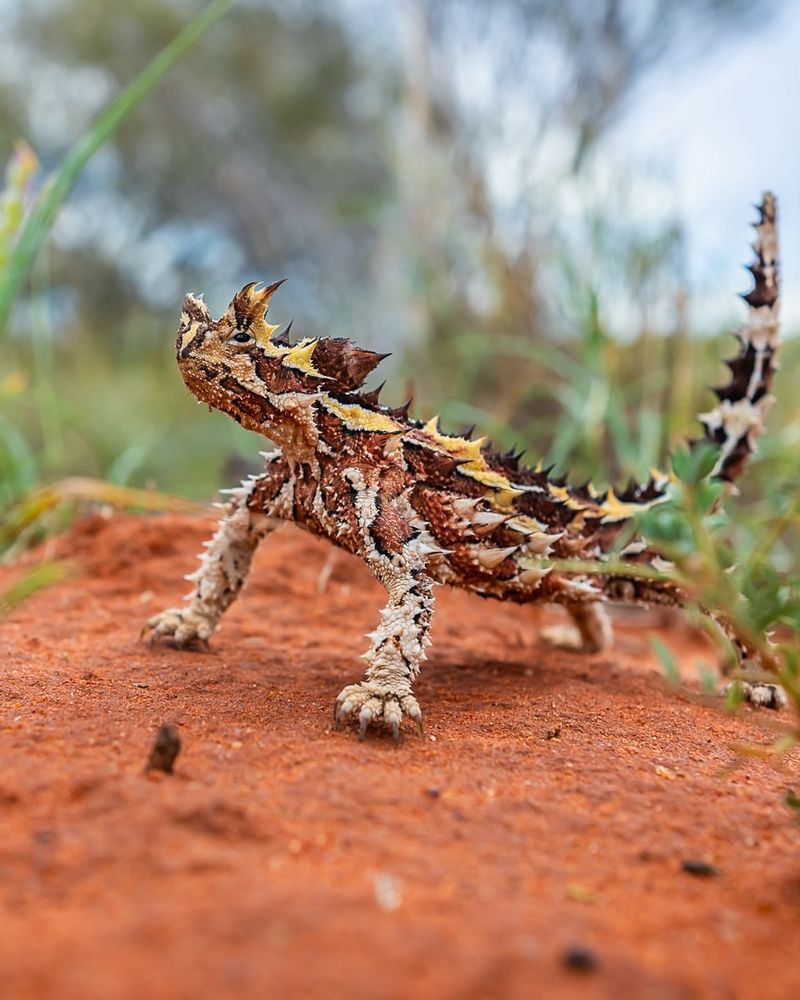
Australia’s thorny lizard, or thorny devil, looks like a mini dinosaur, complete with a crown of spikes. These spikes are more than fashion; they funnel water directly to its mouth.
This reptile has a unique walk, swaying side to side to confuse predators. It thrives on a diet of ants, capturing them with its sticky tongue.
A master of disguise, it blends into the arid outback, proving that even the driest climates can support intricate life forms.
9. Emperor Penguin
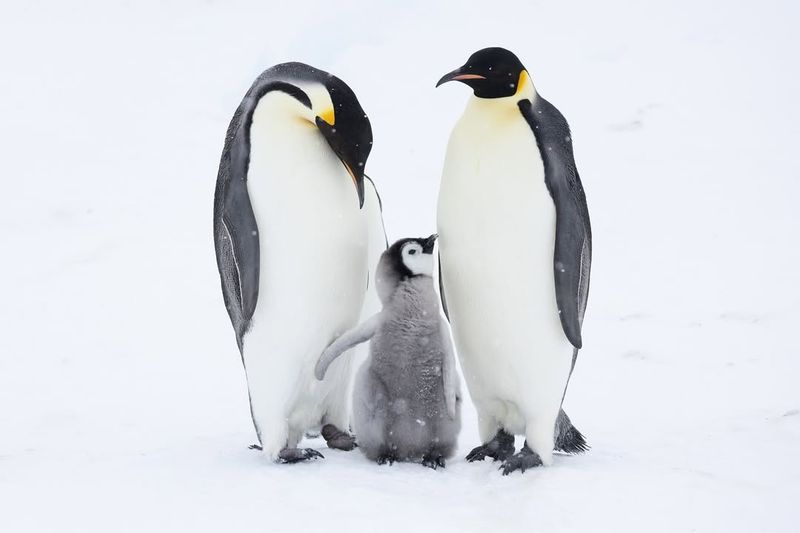
In the icy kingdom of Antarctica, emperor penguins reign supreme. These birds endure temperatures plunging below –50°C, thanks to their thick layers of blubber and feathers.
Their unique huddling behavior helps conserve heat, a communal effort that ensures survival. Breeding during the harshest conditions, they incubate eggs on their feet, covered by a warm flap of skin.
Emperor penguins are the epitome of resilience, thriving where few others dare to tread.
10. Gila Monster
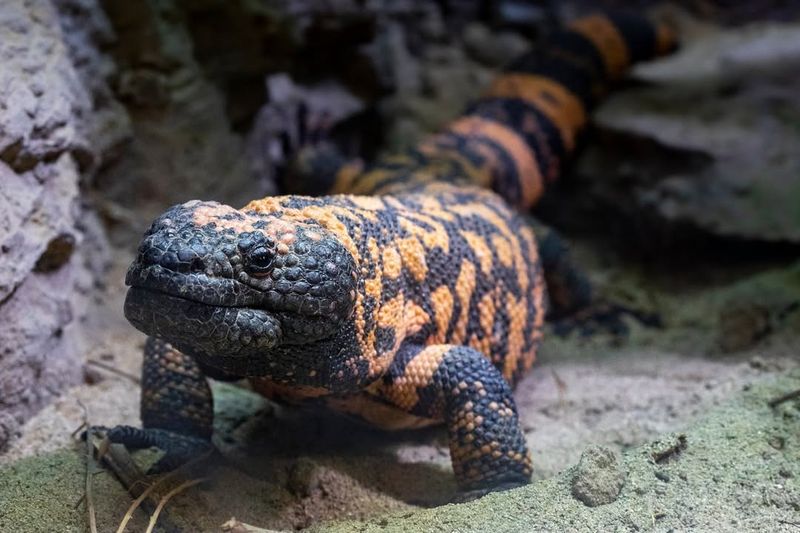
The Gila monster is a slow-moving, desert-dwelling lizard with a venomous bite.
Its skin is a tapestry of orange and black, acting as a warning to predators. This reptile has a unique way of storing fat in its tail, allowing it to go without food for months.
It emerges during cooler parts of the day to hunt small mammals and birds. Gila monsters are prime examples of adaptation, their venomous nature a fascinating twist in the desert survival story.
11. Mountain Goat
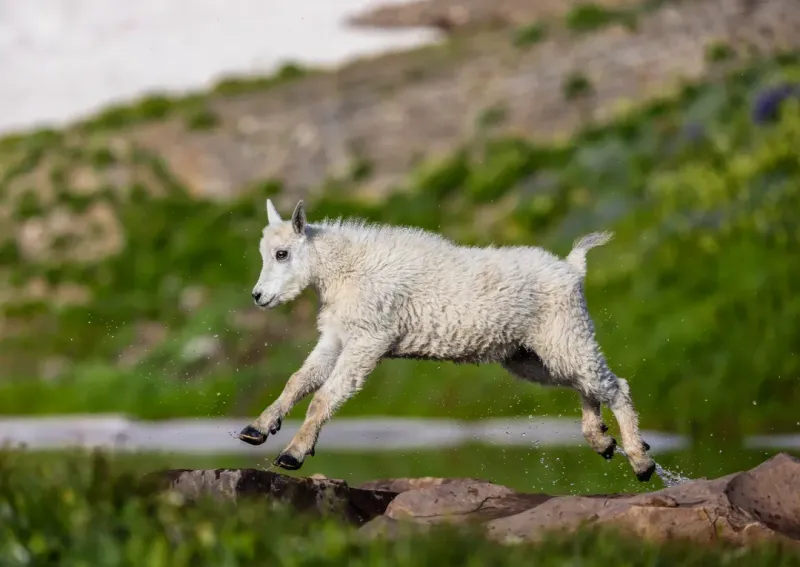
High in the mountainous regions, mountain goats defy gravity with their climbing prowess. Their hooves are specially adapted for gripping the rugged terrain. Covered in a thick coat, they brave the cold with ease.
These agile creatures have an impressive sense of balance, allowing them to scale steep cliffs. Their diet of grasses and shrubs sustains them in sparse environments. Mountain goats are the acrobats of the animal world, proving that no peak is too high when you’re this skilled.
12. Alaskan Malamute

Built for the cold, the Alaskan Malamute is one of the oldest Arctic sled dogs.
Their thick double coat provides insulation against the freezing temperatures. These dogs are strong, capable of hauling heavy loads over vast snowy expanses.
Their endurance and strength make them ideal companions in the harsh Arctic environment.
With a friendly disposition, they’re more than just work animals; they’re loyal friends. Alaskan Malamutes demonstrate the power of teamwork and resilience in icy conditions.
13. Camel
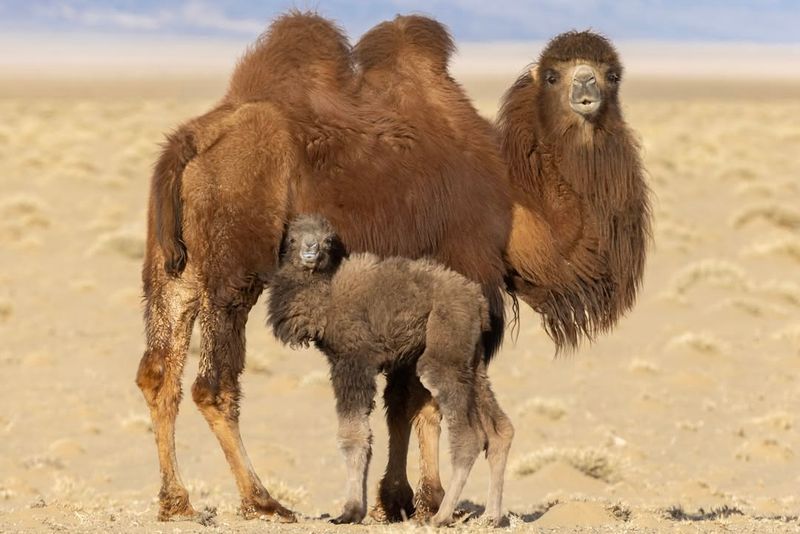
The camel, known as the “ship of the desert,” effortlessly navigates the sandy seas.
Its humps store fat, a vital energy reserve in arid conditions. Camels can drink gallons at once, sustaining them for days without water.
Their long eyelashes and closable nostrils protect against sand. With padded feet, they walk easily across hot sand. Camels are the quintessential desert survivors, embodying patience and endurance.
In the harshest climates, they continue to be indispensable to those who call the desert home.
14. Arctic Fox
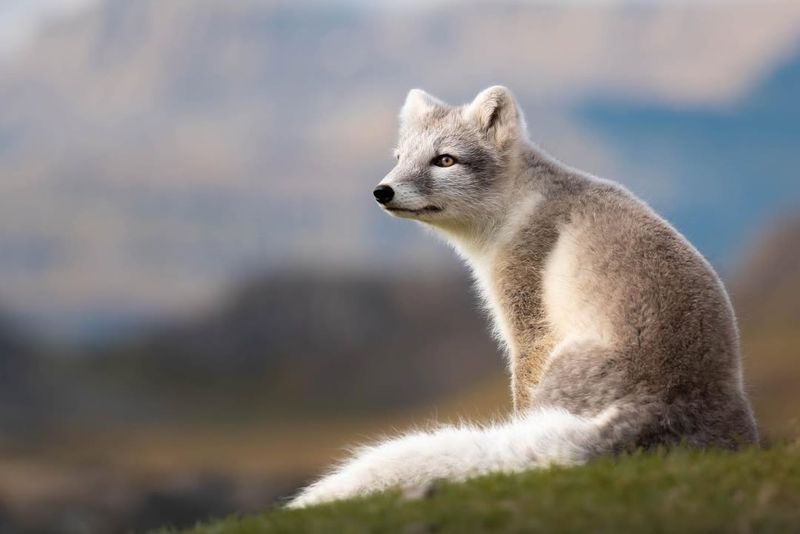
The Arctic fox is a fashion icon of the tundra, with its coat changing color with the seasons. In winter, it sports a thick, white coat for camouflage and warmth. Summer sees it don a thinner, brown coat.
This adaptable predator has a keen sense of hearing, locating prey beneath the snow.
With a diet of lemmings and seabirds, it thrives in the frozen north. The Arctic fox is a master of disguise and a testament to nature’s adaptability.
15. Snow Leopard
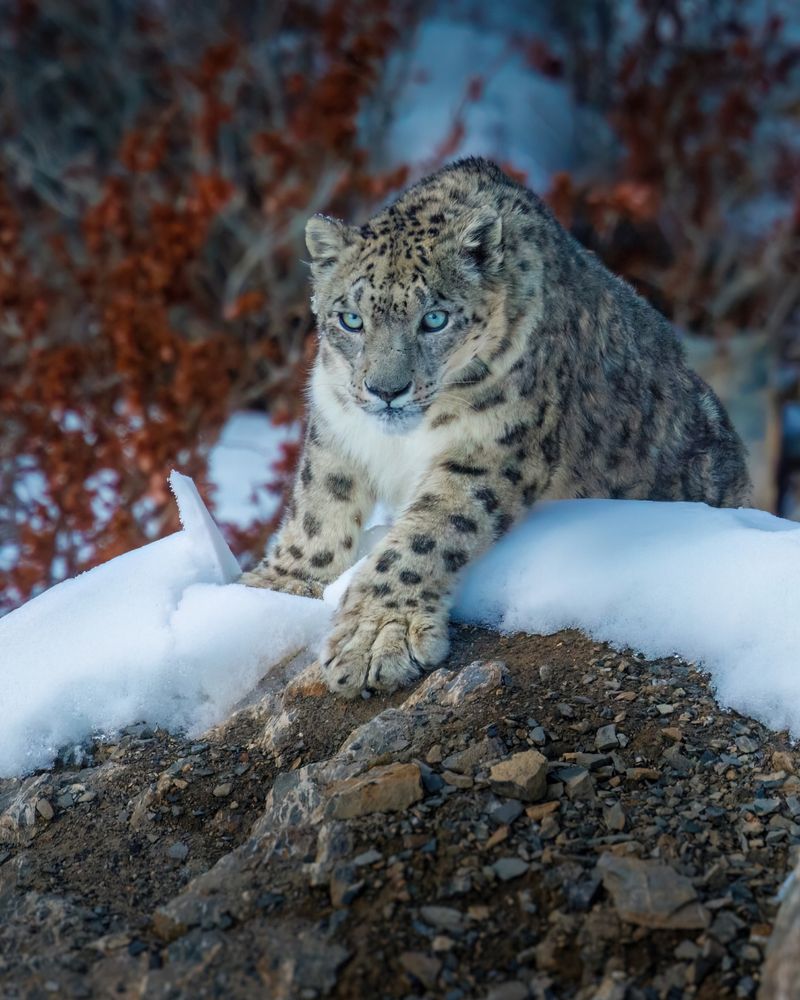
Snow leopards are the stealthy phantoms of the mountains, rarely seen and highly elusive. Their thick fur and long tail help them withstand the cold. These big cats have large paws that act as natural snowshoes.
They are solitary hunters, preying on mountain goats and sheep. Their incredible leaping ability and camouflage make them apex predators.
Snow leopards are a symbol of mystery and grace, thriving in one of the most challenging environments on Earth.
16. Beluga Whale
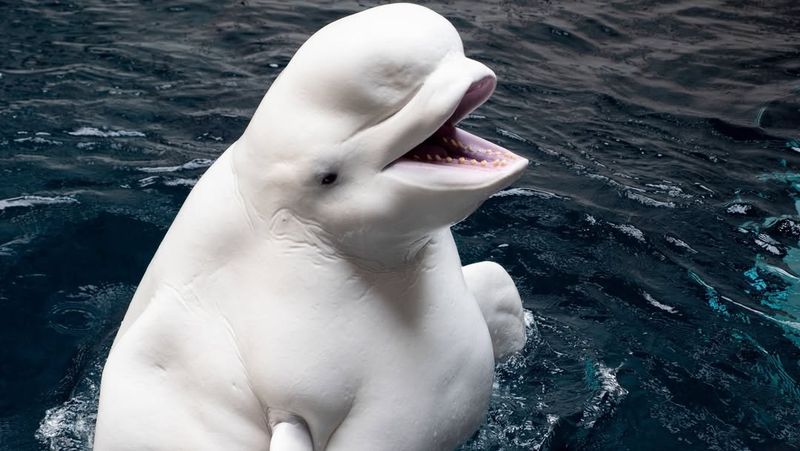
In the chilly waters of the Arctic, the beluga whale sings its haunting songs.
Its white skin provides camouflage among the ice floes. Belugas are highly social, often seen in pods, communicating with a rich vocabulary of sounds.
Their thick blubber layer insulates against the cold, while their flexible necks allow for agile movement.
They feed on fish and crustaceans, thriving in frigid oceans. Beluga whales are the melody makers of the sea, embodying the Arctic’s serene beauty.
17. Himalayan Jumping Spider
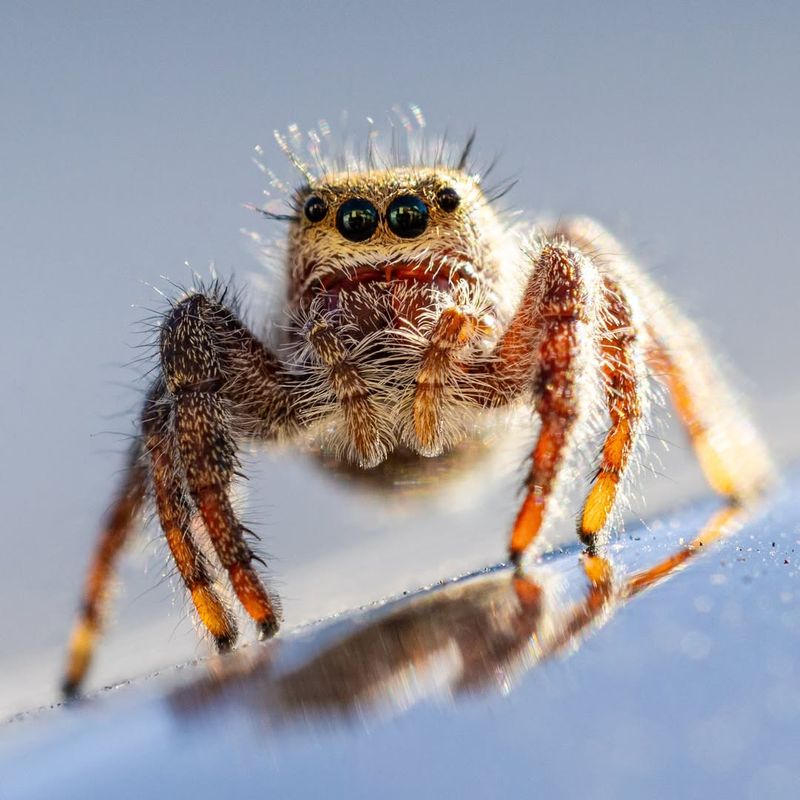
Small but mighty, the Himalayan jumping spider braves altitudes where few dare to tread.
Found in the heights of the Himalayas, this spider survives on tiny insects and other spiders. Its unique ability to jump great distances is key to its hunting strategy.
Despite the cold, it remains active, proving that size isn’t everything when it comes to survival. These spiders are tiny adventurers, showcasing the incredible diversity of life even in the most extreme conditions.
18. Tube Worms
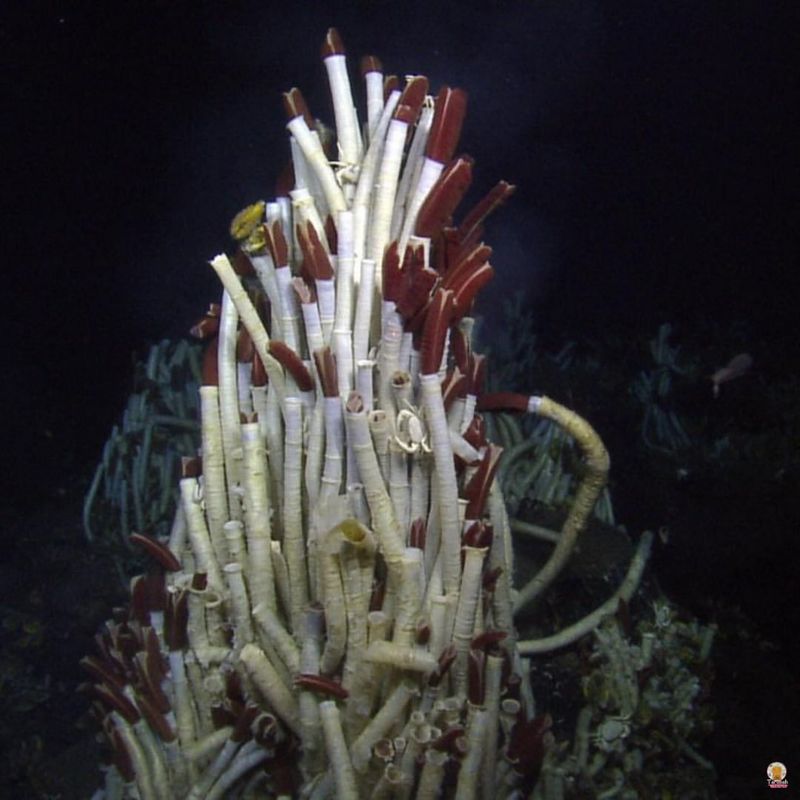
Deep in the ocean’s abyss, tube worms flourish around hydrothermal vents.
These creatures thrive where sunlight never reaches, in a world of perpetual darkness. Their symbiotic relationship with bacteria allows them to convert vent chemicals into energy.
Surrounded by scalding waters, they are perfectly adapted to one of the planet’s most extreme environments.
Tube worms are living proof that life finds a way, even in the seemingly inhospitable depths of the ocean.
19. Emperor Scorpion
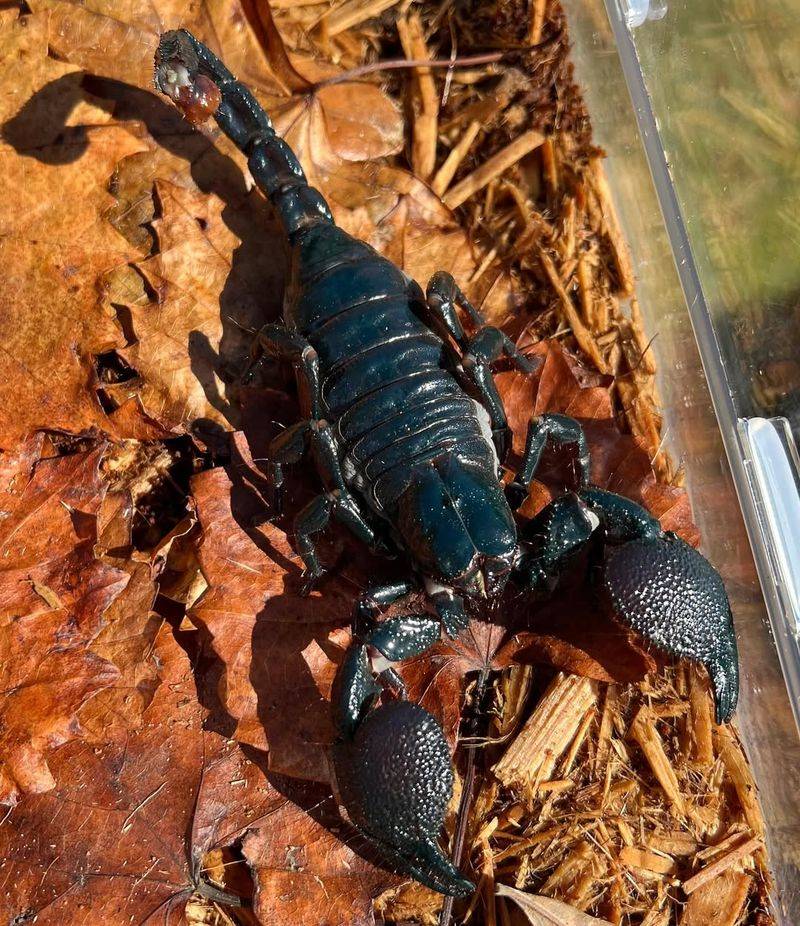
The emperor scorpion is a formidable creature of the forest floor. While it prefers humid rainforests, it can withstand a range of temperatures.
Its dark exoskeleton is an armor against predators, while its venomous sting is a potent defense.
These scorpions are not just fighters; they are sophisticated hunters using pincers to capture prey.
Despite their intimidating appearance, emperor scorpions are relatively docile, reminding us that nature’s extremes often harbor unexpected surprises.

